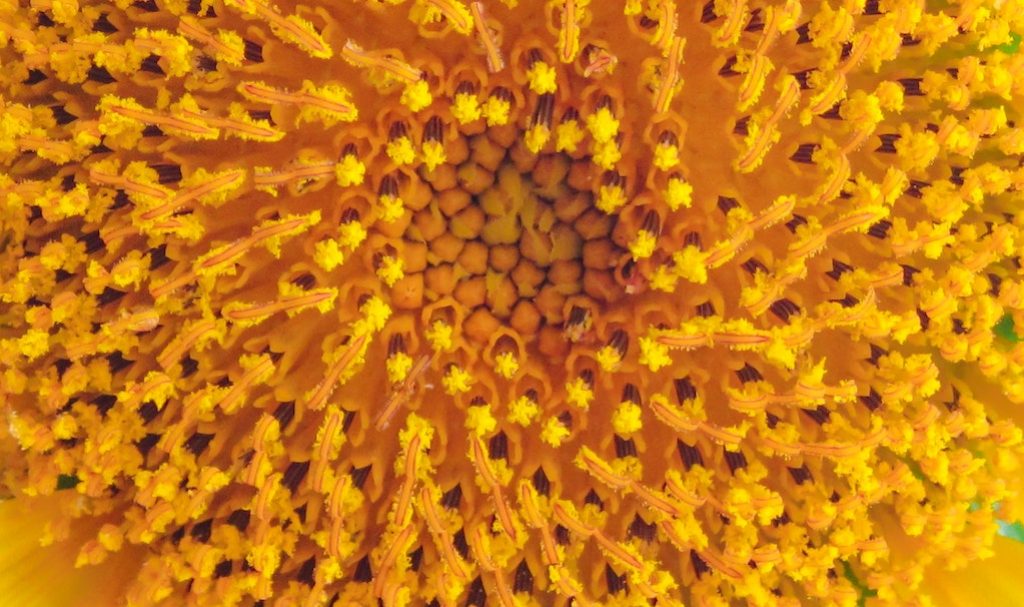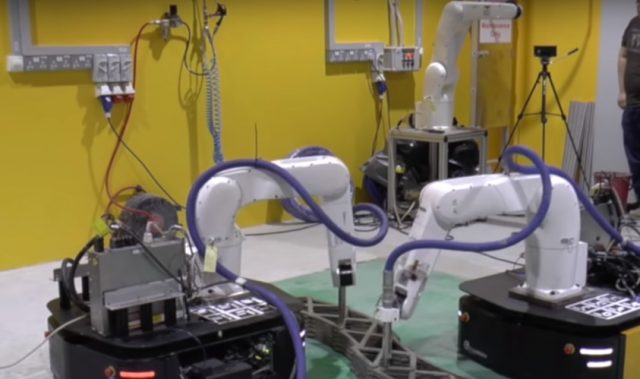
AsianScientist (Jan. 3, 2022) –Sunflowers aren’t just lovely to look at. Thanks to scientists from Nanyang Technological University, Singapore (NTU Singapore) and South Korea’s Chosun University, their pollen can also be used as 3D printing ink—with applications ranging from tissue engineering to drug delivery. Their findings were published in Advanced Functional Materials.
In bioprinting, the most widely used method is based on extrusion-based bioprinting, wherein inks are continuously dispensed from nozzles and deposited along digitally defined paths to fabricate 3D structures layer by layer. However, the technique has its own drawbacks, especially when delicate inks like hydrogels, cells and biopolymers are used.
“Bioprinting can be challenging because the material of the inks used is typically too soft, which means the structure of the envisioned product may collapse during printing,” commented study co-lead author Professor Cho Nam-Joon from NTU Singapore.
Seeking inspiration from the natural world, Cho and his team sought to repurpose pollen grains into a building block for various eco-friendly materials. By tuning the mechanical properties of sunflower pollen, they developed a pollen-based hybrid ink that can be used to print structures with good structural integrity.
When deposited onto a surface, their pollen-derived ink managed to hold its shape, making it a viable alternative to current inks used for bioprinting. To illustrate the functionality of the ink, the team printed a biological tissue scaffold that was shown to promote activities essential to tissue regeneration like cell adhesion and growth.
According to study co-lead author Assistant Professor Song Juha, the ink’s biocompatibility and flexibility also make it useful for fabricating membranes tailored to the contours of the human skin and can bend without breaking.
“Utilizing pollen for 3D printing is a significant achievement as the process of making the pollen-based ink is sustainable and affordable. Given that there are numerous types of pollen species with distinct sizes, shapes, and surface properties, pollen microgel suspensions could potentially be used to create a new class of eco-friendly 3D printing materials,” concluded Cho.
The article can be found at: Chen et al. (2021) Engineering Natural Pollen Grains as Multifunctional 3D Printing Materials.
———
Source: Nanyang Technological University, Singapore; Photo: Unsplash.
Disclaimer: This article does not necessarily reflect the views of AsianScientist or its staff.












